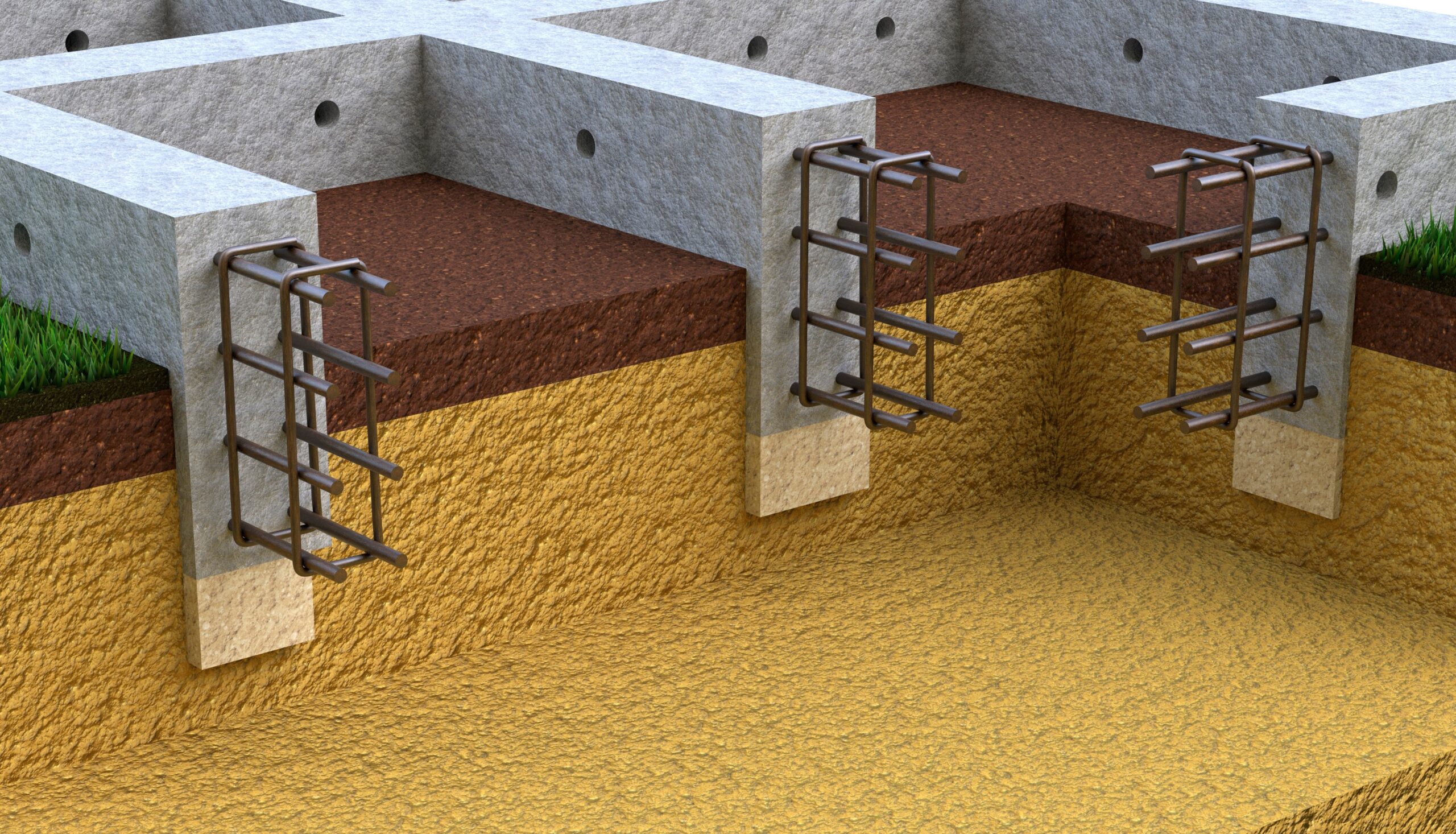When building a building or home’s base, foundation piers are very important for keeping the structure stable. But the space between these piers is something that is often forgotten. The longevity, safety, and strength of the building above depend on where the foundation piers are placed and how far apart they are. This article will explain why good spacing is so important and give you information on the things that affect how well your foundation works.
Understanding the Role of Foundation Piers
Deep into the ground, foundation piers are straight supports that move the weight of the building below to the ground above. Pilers are usually used when the ground isn’t stable enough for regular block foundations to work. Some of the things that can be used to make them are concrete, steel, and wood. They keep a building stable over time, stopping it from moving, settling, and other problems with its structure.
The Importance of Proper Spacing
The distance between foundation piers is critical in determining the overall performance of the foundation. When piers are spaced too far apart, the structure may not receive uniform support, leading to uneven settling. On the other hand, placing piers too close together is often unnecessary and can drive up construction costs without offering any real benefit. The key is to find a balance that suits the specific conditions of the building site.
What Affects the Spacing of Foundation Piers?
Several factors must be taken into account when determining how far apart foundation piers should be. One of the primary considerations is soil type. Soft, loose soil generally requires piers to be placed closer together to ensure stability, whereas firmer, more stable soil can allow for wider spacing between piers. Additionally, the load-bearing capacity of the building itself is an essential factor. Heavier structures require more piers and, therefore, a more frequent placement to adequately distribute the load.
Climate and environmental conditions also play a role. In places with a lot of water or a lot of earthquakes, piers may need to be spread out more often to make sure the structure is stable. Soil movement due to moisture or freeze-thaw cycles can influence how deep and how far apart piers need to be.
Post and Beam Foundation Spacing Recommendations
For many buildings, post and beam supports are the best choice because they are strong and flexible. These foundations rely on a series of piers that support beams, which in turn support the weight of the structure. When considering post and beam foundation spacing recommendations, the general rule is to place piers no further than 6 to 8 feet apart. However, depending on the weight of the structure and the conditions of the soil, this spacing may need to be adjusted.
In some cases, the design of the building may call for closer spacing to provide additional stability for heavier loads. It’s important to work with an experienced foundation engineer to determine the optimal spacing for your specific project.
Building Codes Strategy
When planning the spacing of foundation piers, it is essential to consider local building codes. Building rules make sure that buildings are safe, last a long time, and follow the law. These codes provide guidelines based on regional climate, soil conditions, and safety standards. By following a building codes strategy, you can ensure that your foundation piers are spaced appropriately according to the requirements of your area.
If you don’t follow these rules, you could get fined, have work delayed, or even have to make expensive changes. A licensed contractor who knows the local building rules is the best person to talk to about building your foundation the right way.
Conclusion
Correctly spacing foundation piers is a key part of making sure that a building or home stays structurally sound for a long time. When piers are placed and spaced correctly, they help to spread the building’s weight evenly, which stops uneven settlement and other problems that could weaken the structure. You can figure out how far apart your foundation piers should be by looking at the dirt, the load requirements, and the weather. If you follow the building codes and follow the advice for post and beam foundation spacing, your foundation will be built to last and keep you safe. Your foundation blocks will give your building the long-term support it needs to be strong and stable if you space them out correctly and plan ahead.


